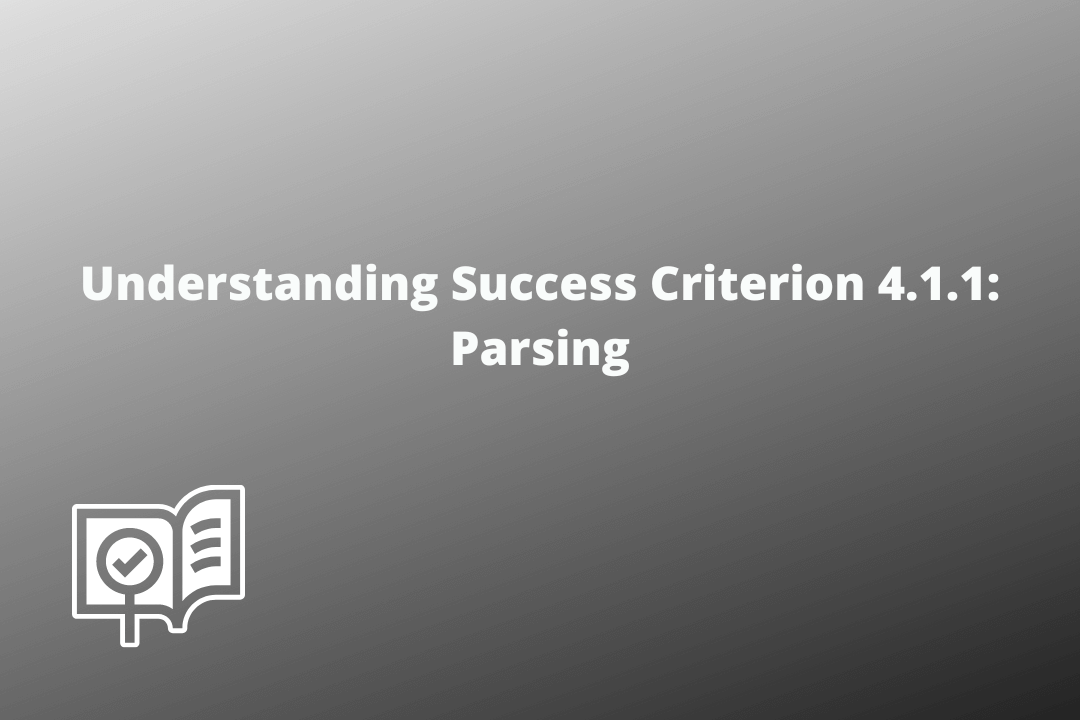Parsing is about writing codes as per the global standards so that it’s easily understood by assistive technologies. This helps users to access the content and functionality of the website without any hassle.
Table of Contents
Official Requirements
Success Criterion 4.1.1 Parsing (Level A): In content implemented using markup languages, elements have complete start and end tags, elements are nested according to their specifications, elements do not contain duplicate attributes, and any IDs are unique, except where the specifications allow these features.
Note: Start and end tags that are missing a critical character in their formation, such as a closing angle bracket or a mismatched attribute value quotation mark are not complete.
Why is it required?
When websites don’t follow the standards set by the programming language it becomes a hurdle for assistive technologies to perform their tasks. Incomplete or unconventional coding may spoil the user experience and not communicate complete information to the people using assistive technologies.
How do we fix it?
Elements should only use features as defined in the specification
Elements should only use features in the manner as prescribed in the specification
Maintain the element nesting as per the specification
Mistakes to avoid
- Improper HTML elements (it is missing either start or end tags)
- Having duplicate attributes on the same page



